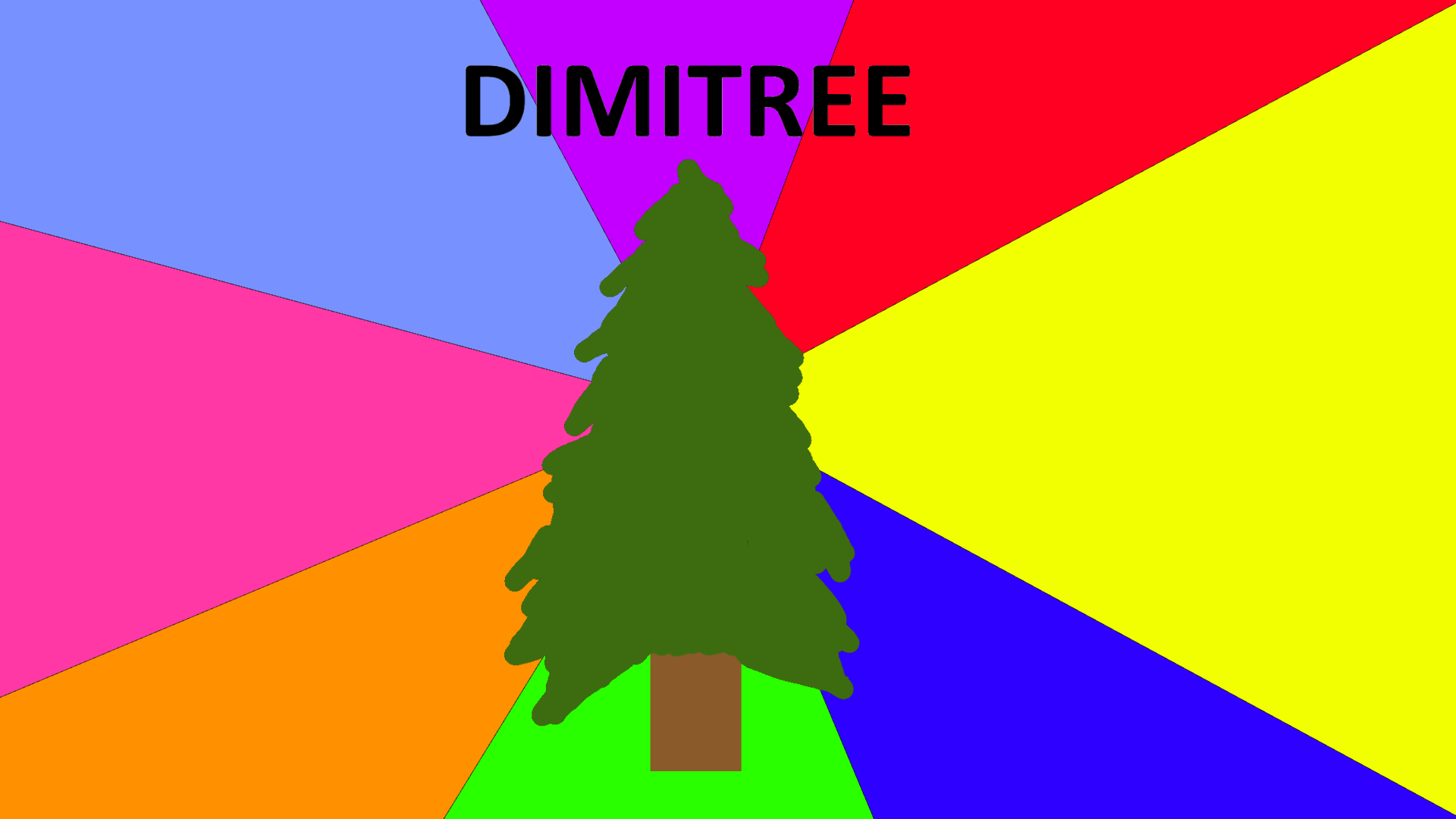
Dimitree
A russian tree,
Russia
What do you call a russian tree?
Right, it's Dimitree!
Ancestry
Although "tree" is a term of common parlance, there is no universally recognised precise definition of what a tree is, either botanically or in common language. In its broadest sense, a tree is any plant with the general form of an elongated stem, or trunk, which supports the photosynthetic leaves or branches at some distance above the ground. Trees are also typically defined by height, with smaller plants from 0.5 to 10 m (1.6 to 32.8 ft) being called shrubs, so the minimum height of a tree is only loosely defined. Large herbaceous plants such as papaya and bananas are trees in this broad sense. A commonly applied narrower definition is that a tree has a woody trunk formed by secondary growth, meaning that the trunk thickens each year by growing outwards, in addition to the primary upwards growth from the growing tip. Under such a definition, herbaceous plants such as palms, bananas and papayas are not considered trees regardless of their height, growth form or stem girth. Certain monocots may be considered trees under a slightly looser definition; while the Joshua tree, bamboos and palms do not have secondary growth and never produce true wood with growth rings, they may produce "pseudo-wood" by lignifying cells formed by primary growth.
Fun facts about trees:
- Trees are the longest living organisms on Earth, and never die of old age.
- Trees drink about 2,000 liters of water each year.
- Strategically planting trees and shrubs can save you up to 25 percent on your energy bills. Not only do they provide shade in the summer, but serve as a windbreak in the winter, too.
- Trees lower air temperature by evaporating water in their leaves.
- If a birdhouse is hung on a tree branch, it does not move up the tree as the tree grows.
Same facts but with a ordered list:
- Trees are the longest living organisms on Earth, and never die of old age.
- Trees drink about 2,000 liters of water each year.
- Strategically planting trees and shrubs can save you up to 25 percent on your energy bills. Not only do they provide shade in the summer, but serve as a windbreak in the winter, too.
- Trees lower air temperature by evaporating water in their leaves.
- If a birdhouse is hung on a tree branch, it does not move up the tree as the tree grows.
Some trees:
| # | Name | Region |
|---|---|---|
| 1 | клён | Russia |
| 2 | акация | Russia |
| 3 | бук | Russia |
Distribution
The number of trees in the world, according to a 2015 estimate, is 3.04 trillion, of which 1.39 trillion (46%) are in the tropics or sub-tropics, 0.61 trillion (20%) in the temperate zones, and 0.74 trillion (24%) in the coniferous boreal forests. The estimate is about eight times higher than previous estimates, and is based on tree densities measured on over 400,000 plots. It remains subject to a wide margin of error, not least because the samples are mainly from Europe and North America. The estimate suggests that about 15 billion trees are cut down annually and about 5 billion are planted. In the 12,000 years since the start of human agriculture, the number of trees worldwide has decreased by 46%.